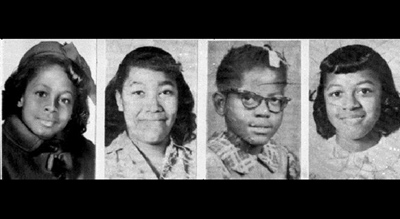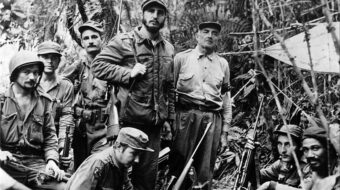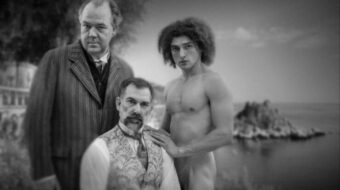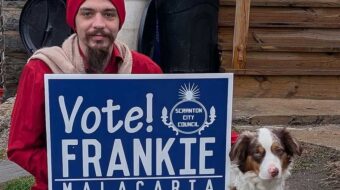
On Sept. 15, 1963, at 10:22 a.m. that Sunday morning, a bomb exploded at the Sixteenth Street Baptist Church, blowing a large hole in the wall of what had been the women’s lounge. Debris – concrete, stone, wood and mortar – that had once been a church wall had been blown against the opposite wall.
And somewhere in the wreckage were the bodies of four young girls: Denise McNair, Cynthia Wesley, Carole Robertson and Addie Mae Collins.
Many martyrs died in the cause of freedom during the civil rights revolution of the 1950s and 1960s but none touched the conscience of the nation and the world more deeply than the terrorist murder of these four children.
The girls, ranging in age from 11 to 14, were in the ladies’ room in the basement of Birmingham’s 16th Street Baptist Church that bright morning. They had left Bible classes early because it was the church’s annual “Youth Day,” and they were readying for their role, dressed in white from head to toe, in leading the main service at 11 o’clock.
Mamie H. Grier, superintendent of the church’s Sunday school, was the last adult to see the girls alive, talking excitedly about the beginning of the new school year, in which Birmingham was facing a school desegregation order.
An explosion erupted beneath the brick staircase in front of the church, blowing in the foundation wall and burying the four girls in a mountain of rubble, flames, smoke and ash. The girls apparently died instantly, while others arriving for morning services were badly injured. The heinous crime sent shock waves across a city already convulsed by the struggle against segregation.
The bombing took place two weeks after the Aug. 28, 1963, March on Washington for Jobs and Freedom led by Dr. Martin Luther King, Jr. Many saw the bombing as Ku Klux Klan revenge for that immense outpouring in which African American people, joined by tens of thousands of trade unionists and other fighters for equality, delivered a message to President John F. Kennedy and the Congress: segregation must go!
Yet even without the march on the nation’s capital, the segregationists had ample reason to target the 16th Street Baptist Church as well as the Rev. Fred Shuttlesworth’s Bethel Baptist Church a few blocks away. Shuttlesworth’s church and home had been bombed twice earlier. The civil rights movement in Birmingham had been meeting in the sanctuaries of these churches to plan the street demonstrations by thousands of Black youth who confronted the police dogs and fire hoses of police chief Bull Connor and the racist fulminations of Alabama Gov. George Wallace.
In his Pulitzer prize-winning “Parting the Waters,” Taylor Branch devotes a chapter to what he calls “The Children’s Miracle,” in which youngsters, some of them only six years old, poured into the streets to protest segregation. Connor’s response was to arrest them all. At one point more than 600 youth were packed into Birmingham’s jails, sometimes 40 or more to a cell. Connor thought he could crush the movement. But in fact, the strategy of King, Shuttlesworth and other leaders of this non-violent revolution were to fill Birmingham’s jails with protesting youth to expose to the world the immorality of Jim Crow.
The final chapter of Birmingham summer would not be written until years later when, on May 17, 2000, Bobby Cherry and Tommy Blanton, the last living suspects of the Sixteenth Street Church bombing, were arrested. Both were convicted and sentenced to life imprisonment. Robert Chambliss, considered by many to have been Birmingham’s “master bomber,” was sentenced to life imprisonment in 1977 for his role in the bombing.
Photo: Photos of the murdered four youngsters still invoke a heartbreaking image. Starting from left to right, Carole Robertson (aged 14), Denise McNair (aged 11), Addie Mae Collins (aged 14) and Cynthia Wesley (aged 14). (via Wikimedia)











